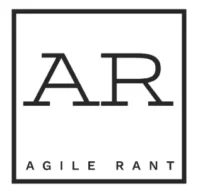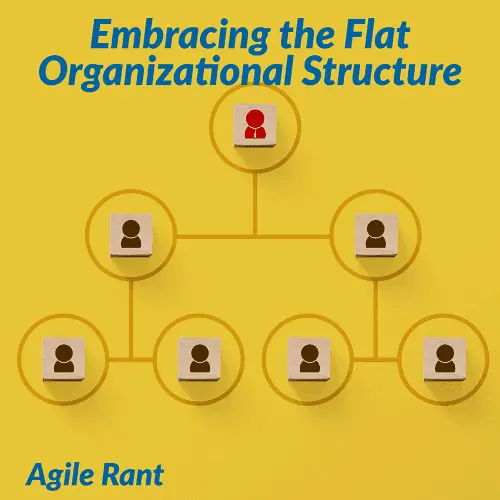In today’s fast-paced and dynamic business landscape, traditional hierarchical organizational structures may not always be the most effective approach. Modern organizations are constantly striving to adapt and innovate, and a flat organizational structure offers a refreshing alternative. By breaking down the barriers between management and employees, a flat structure fosters collaboration, communication, and a sense of empowerment among team members. In this article, we will delve into the concept of a flattened structure and explore the reasons why modern organizations should embrace it.
Understanding the Flat Organizational Structure
This structure is characterized by minimal levels of middle management between executives and frontline employees. In this model, decision-making authority is distributed across the workforce, promoting a culture of autonomy and accountability. Unlike the traditional pyramid-shaped hierarchy, a flat structure encourages open communication, transparency, and a collaborative work environment.
The flat organization has less middle managers and empowers those doing the work to make decisions. As opposed to the very large hierarchical organization. Where the levels of management are increases. Also, the lines of communication get blurred together into those middle management roles. And because of it all, the overhead costs are more.
Benefits of a Flat Organizational Structure
Enhanced Communication and Collaboration
One of the primary advantages of a flat structure is the elimination of communication barriers. With fewer layers of management, employees can interact directly with top-level managers, fostering better relationships and promoting open dialogue. Collaborative work teams are more easily formed, allowing for a seamless exchange of ideas and efficient problem-solving.
Improved Decision-Making From the Flat Organizational Structure
In a flat structure, decision-making is decentralized, empowering employees to contribute their insights and ideas. This increased involvement in decision-making processes not only leads to better solutions but also boosts employees’ sense of ownership and commitment to the organization’s goals.
Less hierarchical structure means fewer hops to go through in the decision making process. Speeding up results.
Adaptability and Innovation From the Flat Organizational Structure
These structures are inherently agile and flexible, making them well-suited for rapidly changing business environments. Teams can quickly respond to market shifts and emerging opportunities, fostering a culture of innovation and adaptability.
Reduced Bureaucracy and Operational Costs
Traditional hierarchical structures often suffer from bureaucratic processes that slow down decision-making and hinder progress. A flat structure streamlines operations and reduces bureaucratic red tape, leading to cost savings and more efficient workflows.
The flat organization is just cheaper to run!
Employee Empowerment and Job Satisfaction
Empowered employees are more engaged and motivated to perform at their best. A flat structure allows employees to take ownership of their roles, providing them with greater job satisfaction and a stronger sense of purpose.
Even larger organizations can enjoy these benefits, if they learn to work in a flatter structure and trust employee with some decisions. They don’t have to allow for all decisions. But if they give more autonomy and power, you get more employee engagement and happier employees.
Increased Specialization
While flat structures may seem to discourage specialization at first, they encourage employees to develop diverse skill sets. Employees become adaptable and capable of handling various tasks, making them valuable assets to the organization.
With less middle managers and less chain of command resources, more resources can be used on the employees doing the work. Allowing for more specialized and more skilled employees.
Examples of Successful Flat Organizational Structures
Valve
The renowned video game company, Valve, has adopted this kind of structure to great success. Employees have the freedom to work on projects they are passionate about, contributing to a culture of innovation and creativity.
Zappos
The online shoe retailer, Zappos, is known for its unique and successful flat structure. Employees are encouraged to actively participate in decision-making, leading to a highly engaged and motivated workforce.
Conclusion
In today’s rapidly evolving business landscape, a flattened structure offers a promising alternative to traditional hierarchies. Promote communication, collaboration, and employee empowerment, and with it modern organizations can create a culture of innovation and adaptability. Embracing the flat structure is not without challenges, but with the right tools and a forward-thinking mindset, you can unlock the true potential of their workforce and thrive in a competitive world.
A great read from The Business Professor, Flat Organization – Explained.
However, larger organizations have also adopted this structure in recent years to harness innovation , collaboration and employee engagement.
Source: business.com
Team structure: Organizes employees into dynamic teams like Scrum or Tiger teams.
Source: usemotion.com


